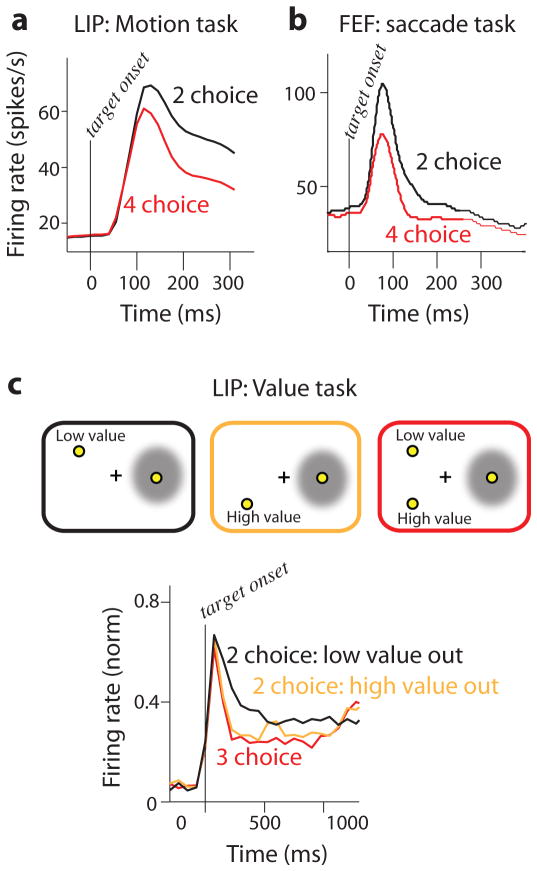Figure 2. The addition of more choice alternatives reduces firing rates in LIP and the FEF.
a. Mean firing rates of LIP neurons (N=70) recorded while monkeys were engaged in a 2- or 4-choice decision task. Responses are aligned to the onset of the choice targets and end before the onset of the stimulus motion about which the decision is eventually made. Re-plotted with permission from [24]. b. Mean firing rates of FEF neurons (N=71) recorded while monkeys were engaged in a color-to-location choice saccade task. Responses are aligned to the onset of the choice targets and end well before the saccade. Re-plotted with permission from [29]. c. Top: Three target configurations presented to monkeys on a computer monitor during LIP recording. For each configuration, monkeys fixated a central target (cross) and were shown 1–3 peripheral choice targets. A choice target with a fixed value was presented in the response field (RF, schematized by the gray circle) of the neuron under study. Left: 2-choice condition, low value target outside the RF. Middle: 2-choice condition, high value target outside the RF. Right: 3-choice condition; values of the targets outside the RF are as indicated in other panels. Bottom: Mean firing rates of LIP neurons (N=62) for each condition. Responses are aligned to the onset of the choice targets and end well before the saccade. Firing rates depended both on the number of targets and on their value. Responses are consistent with a divisive normalization scheme that is based on response value. Re-plotted with permission from [32].

